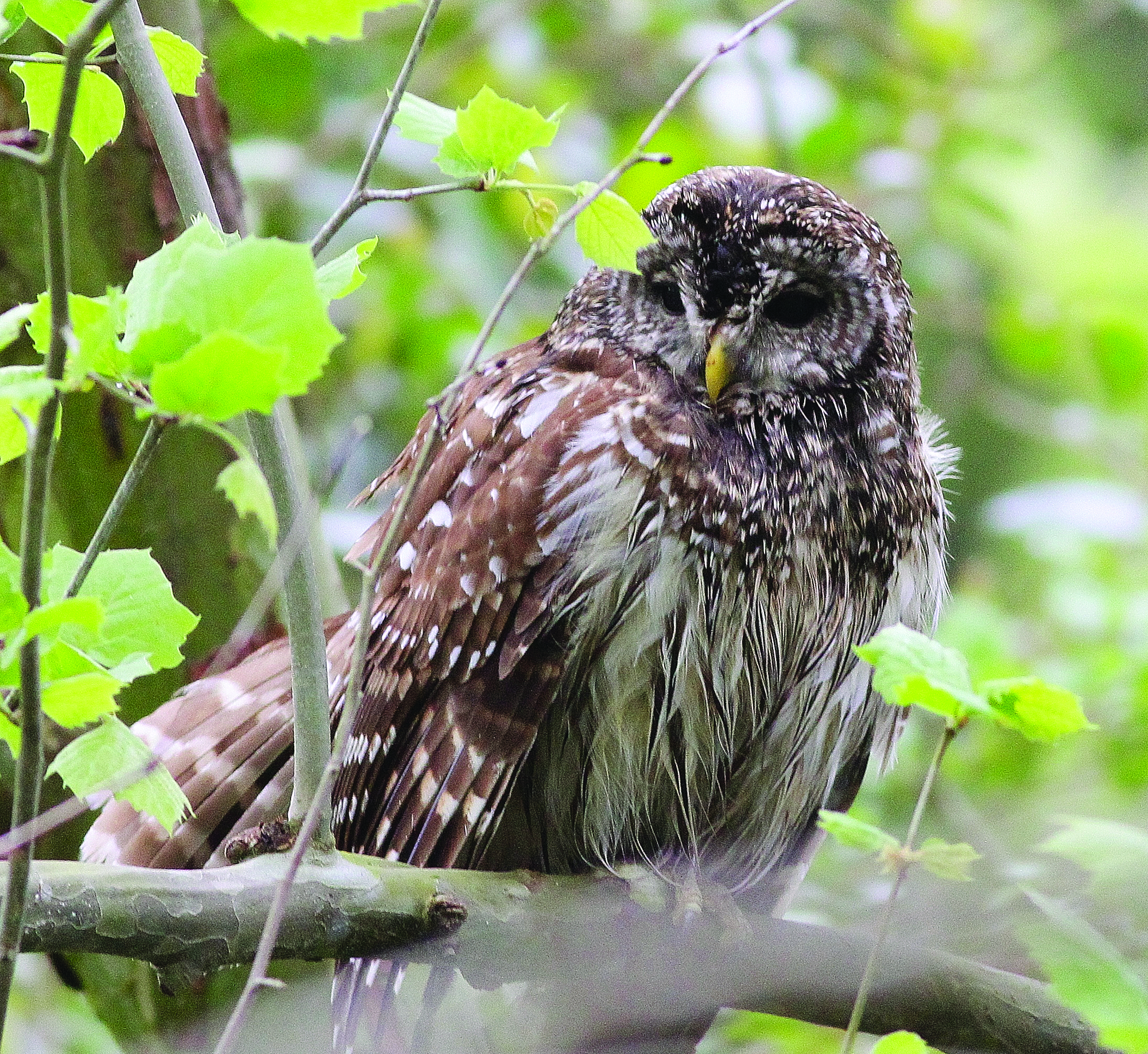“For some people, it only takes one bird to really get them going,” said birding enthusiast Jill Peleuses.
The birds of Southeastern North Carolina come in colors of the rainbow, and all shapes and sizes.
This plethora of species is comprised of the native varieties like cardinals, bard owls and bluebirds, and by the large number of bird species that fly through along their spring and fall migration routes.
“You see a painted bunting and your life is changed and then you are so excited about birds,” Peleuses said.
Peleuses, an avid birder for nearly 10 years and owner of Wild Bird & Garden in Wilmington, said the Cape Fear’s population of birders has grown significantly during the last decade.
“The birding community is really growing tremendously,” she said. “Some of it has to do with more folks moving into our area that might be retired, so that gives them a good hobby. But I also think people are starting to notice birds more, because we really just have so many fabulous ones.”
The one bird that hooked Peleuses on birding was a purple gallinule, a chicken-like species uncommon locally that she saw while working as a Fort Fisher State Historic Site intern. Since then, Fort Fisher remains one of her favorite areas for birding along with Carolina Beach State Park and Airlie Gardens.
“I really love to bird in the Fort Fisher area because you have so many different habitat types,” Peleuses said. “You get a lot of woodpeckers, some of the small songbirds like warblers, and then if you go around the aquarium there are some ponds there that are good for ducks.”
In addition to the parks and other green spaces around New Hanover County, Peleuses said some of the best birding could be done in one’s backyard with the right feeders and habitat.
“For me it is one of the most accessible ways to bird, because it is right there and you can drink your coffee and see what is out there in the morning,” Peleuses said. “That is another reason why people get into it around here: because the backyard birds are so colorful and always active.”
Holly Shelter Game Land was Coastal Plain Conservation Group staff biologist Carson Wood’s backyard growing up. His favorite bird remains the red-cockaded woodpecker. Wood has been able to study the red-cockaded woodpecker for the past few years through the Virginia Tech Conservation Management Institute.
“It is a keystone species in the longleaf pine ecosystem,” Wood said. “As an environmental educator, I like to look at all aspects of what a bird means for the forest and what the forest means for us as well. Without longleaf pines, Wilmington would not have existed.”
Throughout the weekend of April 12, Wood and the conservancy group sponsored a spring backyard bird count to determine what species were passing through New Hanover, Pender and Brunswick counties during their spring migrations.
“Some really good species we got were the black-throated green warbler and the black-throated blue warbler,” he said. “Those are typically high elevation bird species and they are both species of concern because of habitat loss so getting those on our count was really good.”
With many species stopping by Wilmington on their way north and the warming climate, Peleuses said spring is one of her favorite times for birding.
“Spring is really a fun time for birding because all the birds are getting their spring plumage. All the colors are brighter and we do get a lot of migrants,” Peleuses said. “People that have been birding a while start to get into the warblers, because there are 36 different varieties that come through. So it is a really unique challenge to find who’s who.”
Wood said birding and conservation are closely linked, which has fueled the increase in the amount of people birding.
“There has really been an uptick in interest in the United States and globally because birds are a good tool for conservation but it is also a good way to get kids outdoors,” Wood said. “Being that birds are bright and colorful … you can get people to engage that much easier.”
The Cape Fear Audubon Society, Audubon North Carolina, Wild Bird & Garden and Coastal Plain Conservancy Group lead birding tours throughout New Hanover County with the proceeds from the conservancy group’s tours funding research initiatives.
email [email protected]




